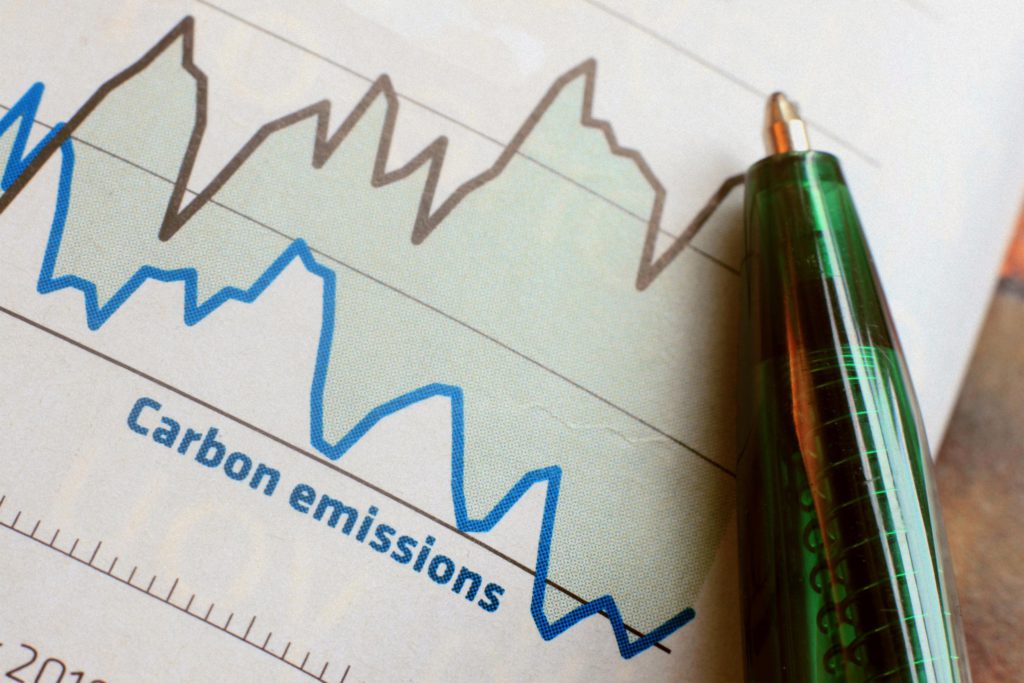Passenger car CO2 levels rise in Europe for a second consecutive year
26 June 2019

26 June 2019
The European Environment Agency (EEA) has issued data confirming that CO2 emissions from new passenger cars have risen for the second year running.
After a steady decline from 2010 to 2016, by almost 22 grammes of CO2 per kilometre (g/km), average emissions from new passenger cars increased in 2017 by 0.4g/km. According to the provisional data, the upward trend continued with an additional increase of 2.0g/km in 2018, a rise of 1.6%.
Last year was also the second year when petrol cars were the most sold fuel type, further expanding their market share while sales of diesel-fuelled cars continued to decline. New vans also recorded an increase in CO2 emissions (up 1.3%) for the first time since records began.
Petrol growth
Some 8.5 million new petrol cars were sold last year, up from 7.6 million in 2017, according to data from the European Automobile Manufacturers’ Association (ACEA). In 2018, 5.4 million new diesel cars were registered, representing a drop of 1.2 million cars compared to the previous year. At the same time, just under 302,000 electrically-chargeable cars were sold.
The EEA believes the main factors contributing to the increase in new passenger cars’ emissions in 2018 include the growing share of the sport utility vehicle (SUV) segment. Moreover, the market penetration of zero- and low-emission vehicles, including electric cars, remained slow in 2018.
Of around 4.5 million new cars sold in the EU and Iceland in 2018, almost one in three were SUVs. The majority of new SUVs sold were powered by petrol, with average emissions of 133g/km. This is around 13g/km higher than the average emissions of other new petrol cars.
′Although the gap between average CO2 emissions from diesel and petrol cars is narrowing, it is still significant – especially as almost 1 million more new petrol cars were sold last year compared to 2017,’ said ACEA secretary general Erik Jonnaert.
Fines ahead
With the 2021 target of 95g/km approaching, and stricter targets following this, much faster deployment of cars with low emissions is needed across Europe, the agency says.
Under the current scenario, the prospect of fines for not reaching the 2020/2021 CO2 target is, to a varying degree, a serious concern for carmakers. Failure to meet these targets would also put manufacturers at a major disadvantage in reaching the recently-set 2025 and 2030 CO2 targets.
As this is not in the industry’s interest, manufacturers are investing heavily in all low and zero-emission technologies, including battery electric vehicles (BEVs), plug-in hybrids (PHEVs) and hybrid electric vehicles (HEVs), as well as those fuelled by natural gas or hydrogen.
However, ACEA believes there is not enough being done to improve consumer confidence in electrically-chargeable vehicles. The body is, therefore, urging the 28 EU member states to step up investments in charging points for these vehicles and refuelling stations for other alternatively-powered cars, putting in place meaningful and sustainable incentive schemes to encourage more consumers to buy them.
′Amidst the strong push for alternatively-powered vehicles, we should not write off the latest generation of diesel cars, which not only emit less CO2 than their petrol counterparts but also deliver low on-road pollutant emissions in practice,’ Jonnaert stressed.